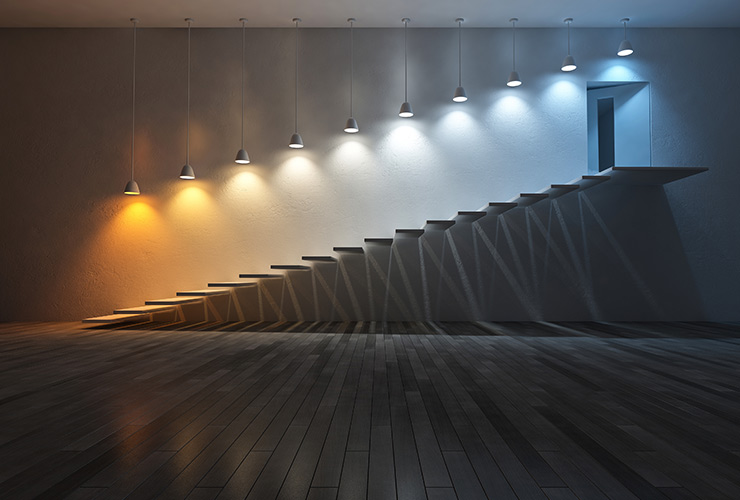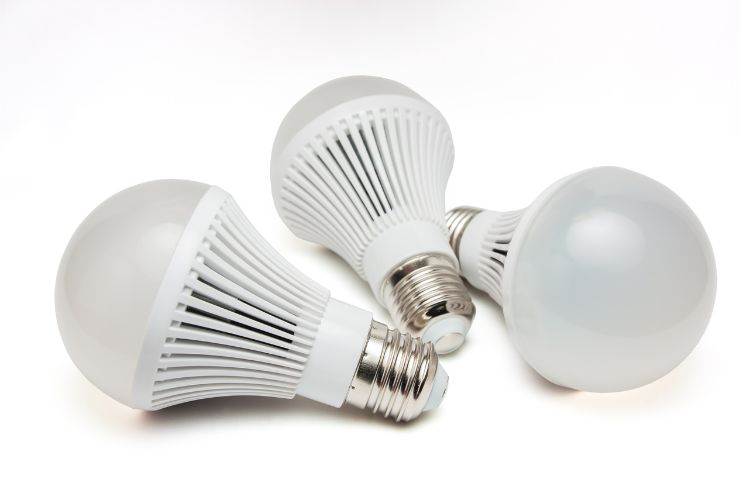Fast read
Lumens (lm) are a unit of measurement for total visible light to the human eye emitted by any light source, including lamps. The brighter the light source, the higher the lumen rating. Lumens are a unit of measurement for light output.
Many people are unaware that the wattage measurement of a light source actually measures how much energy the bulb consumes when they should have been looking at the lumens measurement to understand brightness.
When shopping for a light bulb, look for the lumen rating rather than the wattage. For example, if you need a 100-watt bulb, look for one with a lumen rating of 1600; if you need a 75-watt bulb, look for one with a lumen rating of 1100; and so on.
What do people refer to when discussing lumens?
Understanding the brightness of a light source is important for selecting suitable illumination. Lumens (lm) quantify the total visible light emitted by a lamp or light fixture. In essence, lumens serve as a measure of brightness.
Contrary to popular belief, the wattage of a bulb primarily indicates its energy consumption, not its brightness. Therefore, focusing on lumens rather than wattage provides a more accurate assessment of brightness.
Essentially, higher lumen ratings correspond to brighter light sources. This distinction is significant when choosing appropriate lighting solutions, ensuring optimal illumination while prioritising energy efficiency and cost-effectiveness. By considering lumens when selecting lighting options, individuals can make informed decisions tailored to their specific needs and preferences.
What lumens rating do I look for?
The lumen is a more useful measurement than the watt, which measures the energy the lamp or light fixture uses. The lumen is a better way to measure light output, no matter how much power the light source uses.
One of the advantages of measuring light output in lumens is that it allows us to compare the brightness of various light sources more accurately. In addition, it will enable us to reach bulbs no matter what technology by intelligence.
For example, a 60-watt incandescent bulb produces approximately 800 lumens, while a 15-watt CFL and an 11-watt LED bulb can produce the same amount of light.
So the lumen measurement allows users to compare the brightness of different bulbs regardless of their wattage and choose the most energy-efficient option.
Lighting design
The lumen measurement is also used in lighting design so the designer can determine that enough lumen is used to light a space appropriately.
Outdoor lighting designers could not do their job without a lumen. Outdoor lighting must provide enough lighting to ensure safety and security while avoiding light pollution. Light fixtures must be placed at a specific height and angle to ensure the lumen output is evenly and efficiently throughout the audience and the playing field.
One of the most significant developments in lighting technology is the increase in the efficiency of LED technology. LED bulbs produce more lumens per watt than traditional CFL and incandescent bulbs. This increased efficiency and longer life span have resulted in energy savings and reduced maintenance costs for lighting.
Another important development in lighting technology with the help of LEDs is the emergence of smart lighting systems. These systems use sensors and automation to adjust the brightness and colour temperature of the light source to match the needs of the space and the time of day. Smart lighting systems can also be controlled remotely, allowing users to turn lights on and off or adjust their brightness from their smartphones.

Samples of the lumens in light bulbs
The brightness of light bulbs you purchase can vary, so there are a few samples of watts and output regarding lumen.
- Suppose you plan on buying a bulb as bright as a 100-watt incandescent bulb, a 20-watt CFL bulb or a 15W LED. Look for one with a 1600-lumen rating. For example, an 1100-lumen rating will give you a 75-watt incandescent lab or a 13-watt CFL light. An 11 W LED bulb will also achieve this brightness.

Lumen in labelling
You should often see the lumen rating on the bulb box. Other information on the label shows the hours of life expectancy and the type of light, e.g. bright cool, warm, white light etc.
So, forget Watts when you buy a light bulb; please look for the lumens rating. Also important to look at the lumen because the same rating can apply to multiple bulb types, such as CFL or LED lights, all with different wattages.
In addition to the lumen rating, it’s also important to consider other factors when selecting a light source, such as the colour temperature (measured in degrees Kelvin), the colour rendering index (CRI), and the energy efficiency of the bulb.



